Dazu Huike: The second patriarch of Chán Buddhism and the embodiment of sincere seeking
Dazu Huike (大祖慧可; Japanese: Taiso Eka) is known in Zen (Chán) tradition as the second patriarch of Chinese Buddhism and the foremost disciple of Bodhidharma. While details of his life remain shrouded in a mix of history and hagiography, Huike’s symbolic and pedagogical legacy remains powerful. He is remembered not only as the recipient of Bodhidharma’s mind-to-mind transmission, but also as the embodiment of radical sincerity and dedication to awakening. The dramatic stories associated with Huike — including the infamous account of him severing his own arm to demonstrate resolve — are not merely tales of asceticism or extremity. They function within the Zen tradition as mythic expressions of the urgency, courage, and directness expected on the path to liberation. This post explores the multi-faceted role of Huike within the early formation of Chán, examining both his legacy and the symbolic depth of the narratives that surround him.

Huike thinking, by Shi Ke, China, from Five Dynasties and Ten Kingdoms Period to Northern Song (about 10th century). Source: Wikimedia Commonsꜛ (license: public domain)
Historical and legendary biography
According to traditional accounts, Huike was born in Hu-lao (modern Xingyang, Henan) in the late 5th century, likely around 487 CE. His secular name was Shenguang (神光, Wade-Giles: Shen-kuang; Japanese: Shinko). He was a scholar well-versed not only in Buddhist texts but also in classical Chinese literature and Daoist philosophy. Despite being considered spiritually awakened, he was criticized for not having a formal teacher.
In 528 CE, at around the age of 40, Huike sought out Bodhidharma at the Shaolin Monastery. According to legend, he stood in the snow outside Bodhidharma’s cave on Mount Song and cut off his left arm to demonstrate his resolve when initially refused. Deeply moved, Bodhidharma accepted him as a disciple. Accounts differ on the duration of their teacher-student relationship, variously stating four, five, six, or even nine years.
Following his time with Bodhidharma, Huike moved to Yedu (modern Henan) around 534 CE and spent the remainder of his life teaching in the regions of Yedu and Wei (modern Hebei). During the Buddhist persecutions in 574, Huike reportedly took refuge in the mountains near the Yangtze River, where he met Sengcan, who would later become his successor and the third patriarch of Chán.
In 579, Huike returned to Yedu, where he began openly expounding the Dharma and attracted a large following. His popularity, however, provoked hostility from other Buddhist teachers. One, named Tao-heng, reportedly paid an assassin to kill Huike, but the would-be killer was converted by Huike instead.
Later sources such as the Wudeng Huiyan (Compendium of the Five Lamps), compiled by Puji in the 12th–13th century, claim that Huike lived to the age of 107 and was buried about 40 kilometers northeast of modern Anyang in Hebei Province. During the Tang Dynasty, Emperor Dezong posthumously honored him with the title Dazu (大祖), meaning “Great Ancestor.”
Some traditions claim that Huike was eventually executed due to complaints from rival Buddhist factions. A particularly striking legend holds that when he was beheaded, no blood flowed from his body — only a white, milky substance — interpreted as a sign of his profound spiritual attainment.
These stories, whether historical or mythic, helped solidify Huike’s image in Chán history as both a radical practitioner and a spiritual exemplar who carried the lineage forward with clarity and uncompromising integrity. Regardless of historical accuracy, these accounts shaped the perception of Huike as a figure willing to suffer physically and socially for the truth.
The symbolism of the arm-cutting episode
The episode of Huike severing his arm has become one of the most iconic legends in Zen history. It is typically interpreted not as a glorification of physical suffering, but as a symbol of total sincerity — an act that shattered conventional barriers and demonstrated a readiness to renounce all attachment, even to the body.
Within the Zen tradition, this act illustrates the seriousness required for true awakening. It is also a critique of passive or merely intellectual religious practice. Huike’s action, though extreme, conveys a deeper spiritual message: that genuine transformation demands total commitment and direct confrontation with the self.
This theme resonates with other Buddhist stories of radical renunciation, but the Zen framing gives it a particular character — shocking, uncompromising, and aimed at piercing through complacency. The arm-cutting narrative thus functions as a teaching device that encourages practitioners to examine the depth of their own intention.
Other legends of Huike
Calming the Mind
One of the most iconic stories about Huike’s interaction with Bodhidharma centers around the nature of mind. Huike approached Bodhidharma and said, “My mind is anxious. Please pacify it”. Bodhidharma replied, “Bring me your mind, and I will calm it”. Huike searched within and finally said, “Although I have sought it, I cannot find it”. To which Bodhidharma responded, “There, I have pacified your mind.”
Awakening
According to the Denkoroku, while ascending a mountain together, Bodhidharma asked Huike, “Where are we going?” Huike replied, “Please just go straight ahead… that’s it.” Bodhidharma then said, “If you go straight ahead, you will not take a single step.” Upon hearing this paradoxical statement, Huike awakened.
Transmission (Skin, Flesh, Bones, Marrow)
In a famous legend, before departing or dying, Bodhidharma summoned his disciples to test their understanding. He asked, “Can each of you say something to demonstrate your realization?”
- Dao Fu said, “It is neither bound by words and letters, nor separate from them. This is the function of the Way”. Bodhidharma replied, “You have attained my skin”.
- The nun Zong Chi said, “It is like a glorious glimpse of the realm of Akshobhya Buddha. Once seen, it need not be seen again”. Bodhidharma replied, “You have attained my flesh”.
- Dao Yu said, “The four elements are all empty. The Five Aggregates have no real existence. Not a single Dharma can be grasped”. Bodhidharma replied, “You have attained my bones”.
- Finally, Huike stepped forward, bowed deeply, remained silent, and stood upright. Bodhidharma responded, “You have attained my marrow”.
As a result, Bodhidharma passed on the robe and bowl of Dharma transmission to Huike — symbols of the lineage — as well as, according to some texts, a copy of the Lankavatara Sūtra. After this, Bodhidharma either returned to India or passed away in China, depending on the source.
Huike’s teachings and writings
Although few texts are attributed directly to Huike himself, later Zen sources — especially collections like the Transmission of the Lamp — preserve fragments, dialogues, and anecdotes reflecting his style and priorities. In addition, texts that circulated during his lifetime, such as the Treatise on the Two Entrances and Four Practices, and secondary records by historians like Tao-hsuan, provide insight into the formative doctrines and practices of early Chán. These sources form the basis for reconstructing Huike’s teaching emphasis, even in the absence of a direct literary corpus.
Direct pointing and non-dual insight
While few texts are directly attributed to Huike, some aphorisms and short dialogues have been preserved in later collections such as the Transmission of the Lamp. These fragments emphasize the direct pointing to mind, the non-dual nature of reality, and the futility of attachment to words and forms.
Huike is also credited with continuing Bodhidharma’s emphasis on dhyāna (meditation) as the core of Buddhist practice. In contrast to scholastic interpretations of Dharma, Huike stressed inner realization and clarity of mind. This approach helped lay the foundation for the Zen mode of transmission, where insight is passed not through exegesis but through lived understanding.
Meditation and sudden awakening
His pedagogical style remains obscure, but the legacy suggests a teacher who prioritized the transformation of consciousness over the explanation of doctrine. Notably, the exact form of meditation practiced by Bodhidharma and Huike remains uncertain. Historical sources such as Tao-hsuan refer to their method as ju shih an-hsin wei pi-kuan, or ‘wall contemplation,’ a term that evokes intense inward focus but leaves open how this was understood or practiced in concrete terms. One of the defining features of early Chán, as associated with Bodhidharma and Huike, was the emphasis on sudden enlightenment, as opposed to the gradual, concentration-based self-perfection typical of Indian yogic meditation.
Textual influences: The Lankavatara Sūtra
There is also some evidence — though not universally accepted by modern scholars — that both Huike and Bodhidharma based their teachings on the Lankavatara Sūtra. Tao-hsuan, in his Further Biographies of Eminent Monks (Xu Gaoseng Zhuan), listed Huike and his circle as masters of meditation and associated their teachings with this sūtra, which advocates for ‘self-awakening’ and ‘the forgetting of words and thoughts.’ The obscurity itself aligns with Zen’s preference for transmission beyond language and for teachers who embody the Dharma more than they articulate it.
The doctrine of the Two Entrances and Four Practices
A text circulating during Huike’s time, the Treatise on the Two Entrances and Four Practices (Erh-ju ssu-hsing lun in Wade-Giles, Erru sixing lun in Pinyin), is traditionally attributed to Bodhidharma, with a preface by T’an Lin (active 525–543 CE). While the attribution remains debated, the text reflects principles consistent with Huike’s context and training.
The “two entrances” refer to the Entrance of Principle and the Entrance of Practice:
- Entrance of Principle: One must believe in the truth of the Buddhist teachings and accept that all beings share the same true nature (Buddha-nature), which is obscured by delusive perceptions.
- Entrance of Practice: This is elaborated through four practices:
- Remaining undisturbed by suffering and accepting circumstances
- Being unmoved by good or bad fortune
- Abandoning attachment and desire
- Regulating conduct according to the understanding of emptiness and the insubstantial nature of all things
Though its exact influence on Huike is not certain, the treatise articulates key values — non-attachment, resilience, insight into emptiness — that resonate deeply with his role in shaping early Zen thought.
Buddha-nature and sudden realization
The text also includes several appended letters, one of which is addressed to Huike and to which he responded briefly. Both the content of the Treatise on the Two Entrances and Four Practices and Huike’s reply reinforce a core message of early Chán: that all beings possess Buddha-nature, and that this must be individually realized through meditation. This realization does not come through sutra study, ritual, good deeds, or veneration of Buddhas, but through non-dual, goalless meditation. Awakening is portrayed not as the result of cumulative effort but as a sudden insight into what is already present.
Huike’s transmission and disciples
Huike transmitted the Dharma to Sengcan (僧璨, Japanese: Sōsan), who would become the third patriarch. This transmission is portrayed in later texts as an example of the continuity of Zen’s direct approach to awakening. Though Huike’s own writings may be lost, his place in the lineage guaranteed that his style and emphasis were preserved and adapted by his successors.
It is through Sengcan and later figures like Daoxin and Hongren that the Chán tradition became institutionalized and more widely recognized. Huike’s contribution is thus twofold: he ensured the continuation of Bodhidharma’s teaching and helped to shape the emerging ethos of Zen — non-conceptual, experiential, and independent of formal structures.
Huike in Chán memory and iconography
Over time, Huike came to be remembered less for his own words and more for his uncompromising example. In Chán iconography, he is often depicted as a lean, intense figure, sometimes with one arm, meditating or confronting Bodhidharma. These images function not as historical depictions, but as visual reminders of what Zen demands: total commitment and readiness to break through illusion.
Literary portrayals in later Zen writings, including encounter dialogues and poetic tributes, often place Huike in the role of the ideal student — humble, fierce, and capable of penetrating insight. His story continues to be used in Zen practice today, especially in kōan literature, where the question of what he realized and how he demonstrated it becomes a springboard for the student’s own inquiry.
Conclusion
Dazu Huike occupies a pivotal place in the early formation of Chán Buddhism, not through an extensive body of written teachings, but through the symbolic and experiential weight of his life and example. As the second patriarch, he carried forward Bodhidharma’s emphasis on direct insight and uncompromising sincerity, reinforcing the Zen ideal that awakening is not a matter of ritual performance, scriptural mastery, or institutional allegiance, but of radical interior transformation.
His biographical narrative — whether fully historical or partially legendary — portrays him as a figure of tremendous resolve, capable of personal sacrifice in pursuit of the Dharma. The dramatic episode of severing his arm, his calm confrontation of death, and his silent gestures of understanding have all contributed to his lasting image as the archetypal Zen disciple. Such stories served both to inspire and to shape the values of the Chán tradition: immediacy, courage, and non-reliance on language.
Doctrinally, Huike stands at the threshold of Zen’s doctrinal crystallization. The transmission of non-dual insight, sudden awakening, and trust in inherent Buddha-nature — ideas linked to him through texts like the Treatise on the Two Entrances and Four Practices and the Lankavatara Sūtra — became enduring pillars of Zen philosophy. Even in the absence of extensive personal writings, these associations underscore his role in refining and relaying a form of Buddhism deeply grounded in meditative realization.
Huike’s contribution was not merely one of continuity, but of direction. His influence shaped the character of early Chán — less a defined school than a spiritual current, one marked by direct transmission, iconoclastic rigor, and existential seriousness. His role as a transmitter of Dharma to Sengcan ensured that this lineage would continue, adapt, and eventually flourish across China and beyond. In that sense, Huike remains not just a patriarch of the past, but a continuing symbol of what Zen demands: a truth to be realized, not explained.
References and further reading
- Oliver Bottini, Das große O.-W.-Barth-Buch des Zen, 2002, Barth im Scherz-Verl, ISBN: 9783502611042
- Heinrich Dumoulin, Geschichte des Zen-Buddhismus, Band 1+2, 2019, 2., durchgesehene und erweiterte Auflage, Francke A. Verlag, ISBN: 9783772085161
- Hans-Günter Wagner, Buddhismus in China: Von den Anfängen bis in die Gegenwart, 2020, Matthes & Seitz Berlin, ISBN: 978-3957578440
- Jr. Buswell, Robert E., Jr. Lopez, Donald S., Juhn Ahn, J. Wayne Bass, William Chu, The Princeton dictionary of Buddhism, 2014, Princeton University Press, ISBN: 978-0-691-15786-3
- Oliver Freiberger, Christoph Kleine, Buddhismus - Handbuch und kritische Einführung, 2011, Vandenhoeck & Ruprecht, ISBN: 9783525500040
- Rupert Gethin, The Foundations Of Buddhism, 1998, Oxford University Press, ISBN: 9780192892232
- Oliver Bottini, Das grosse O.W. Barth-Buch des Buddhismus, 2004, Ebner & Spiegel GmbH, ISBN: 9783502611264
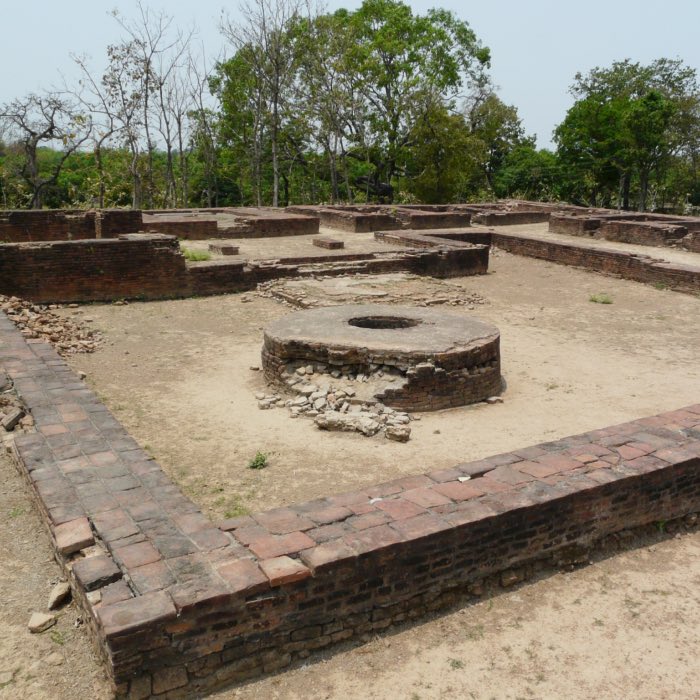
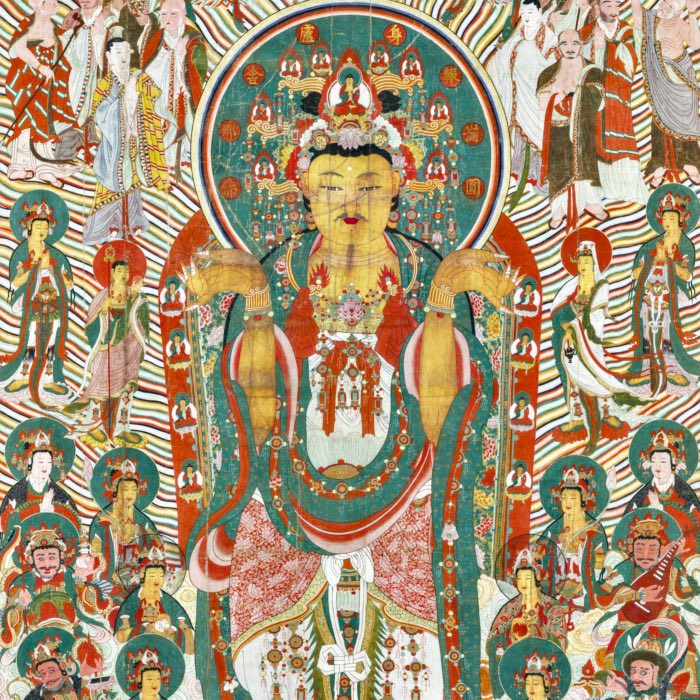

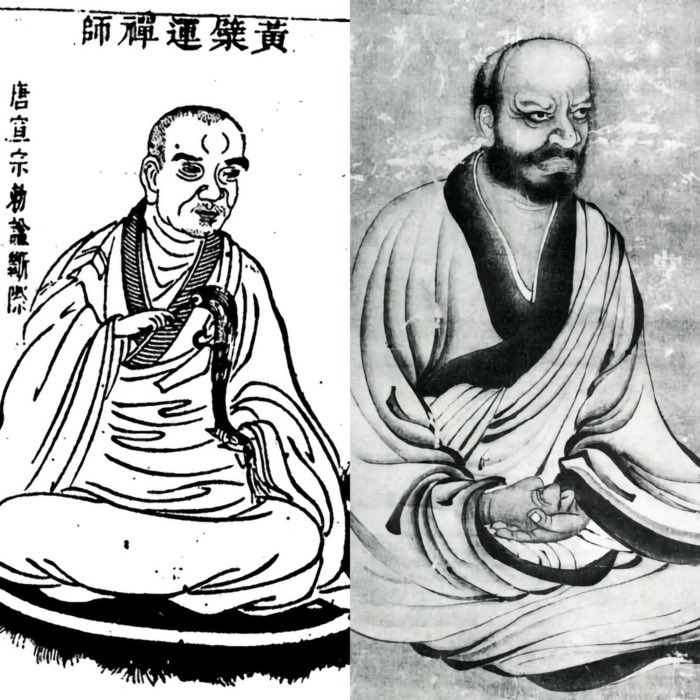
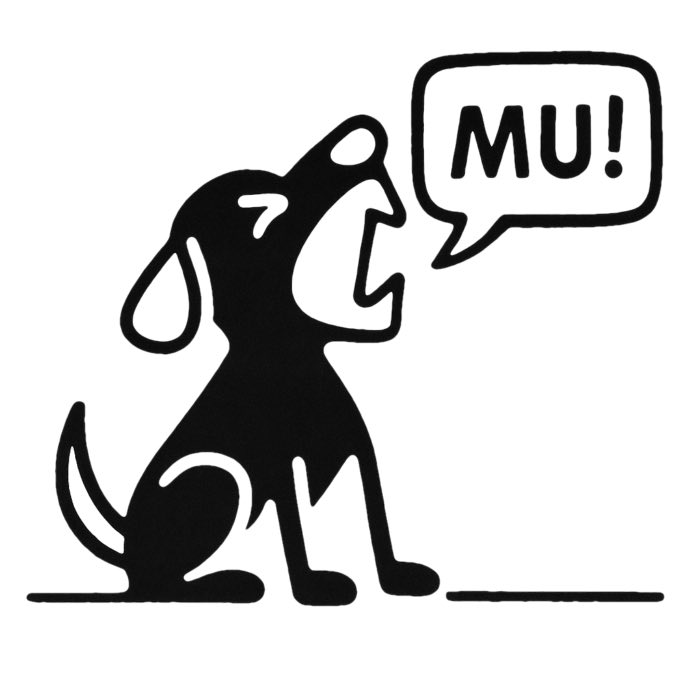
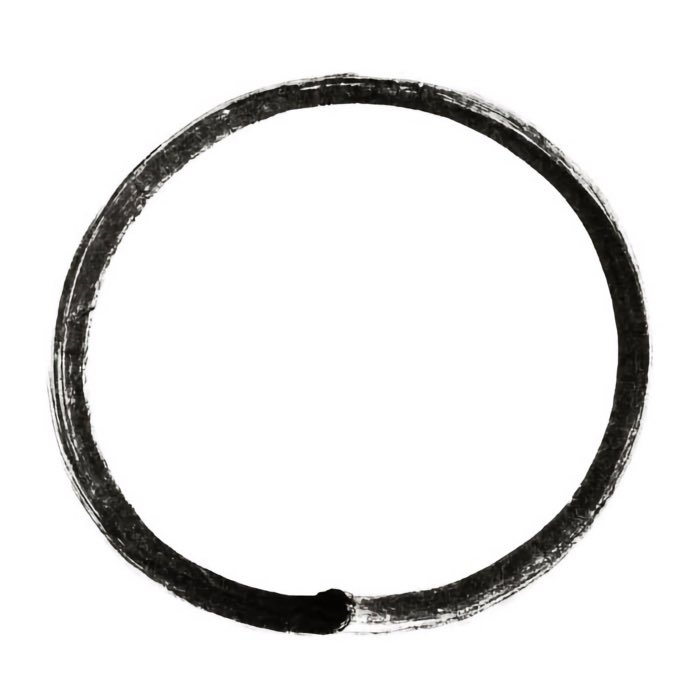
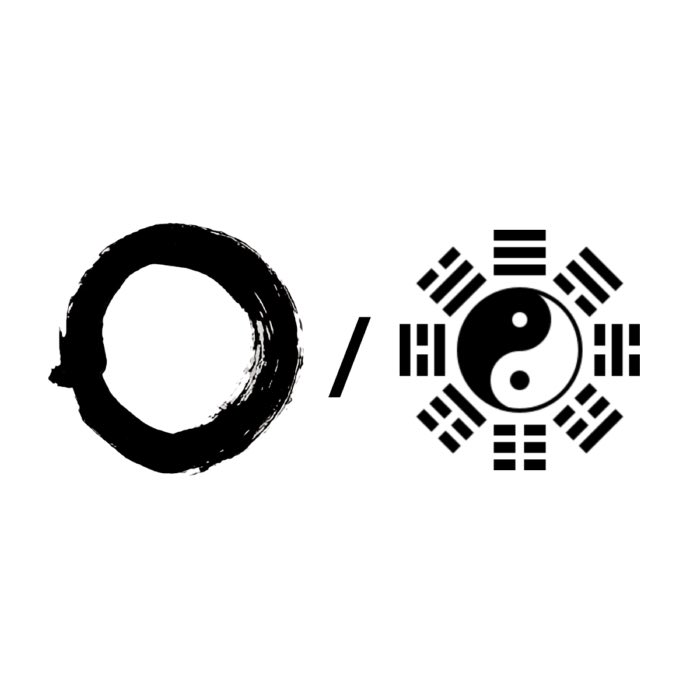

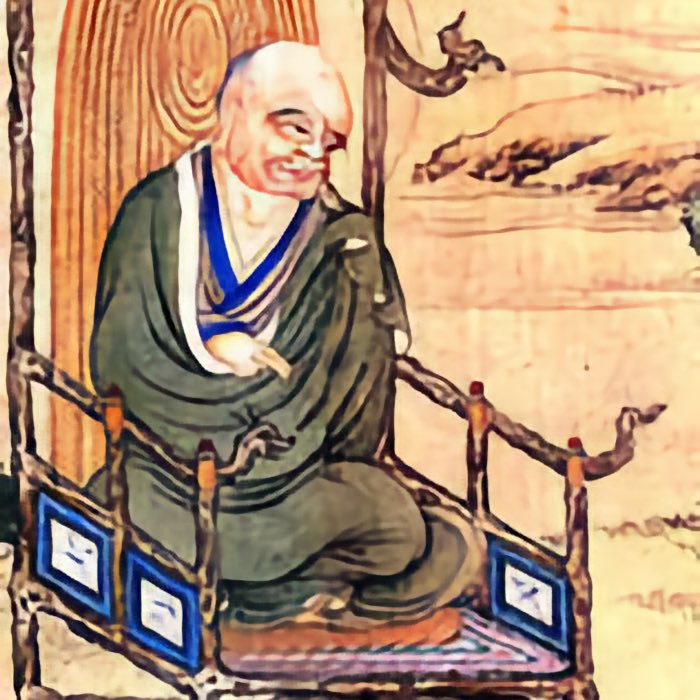
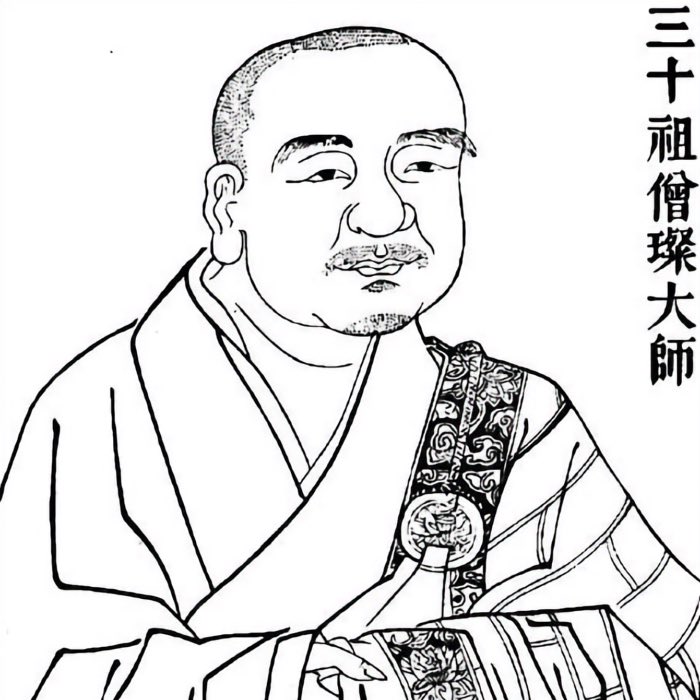
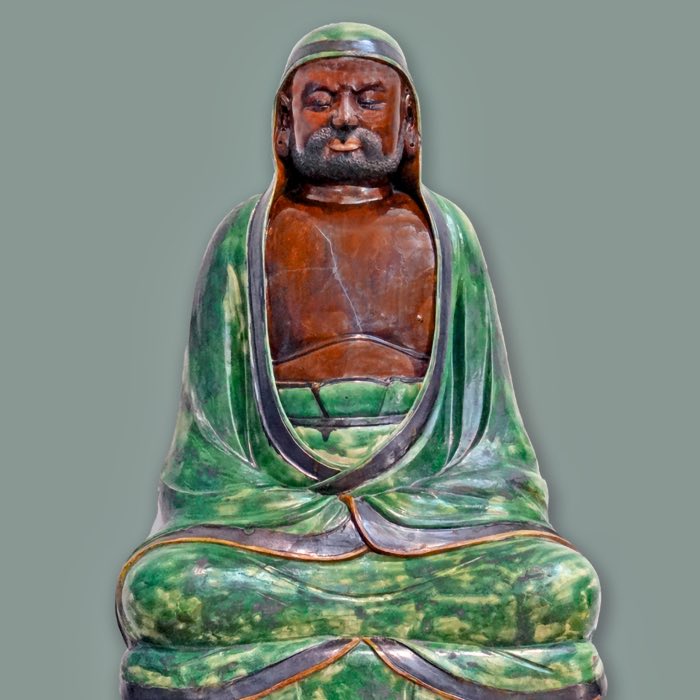
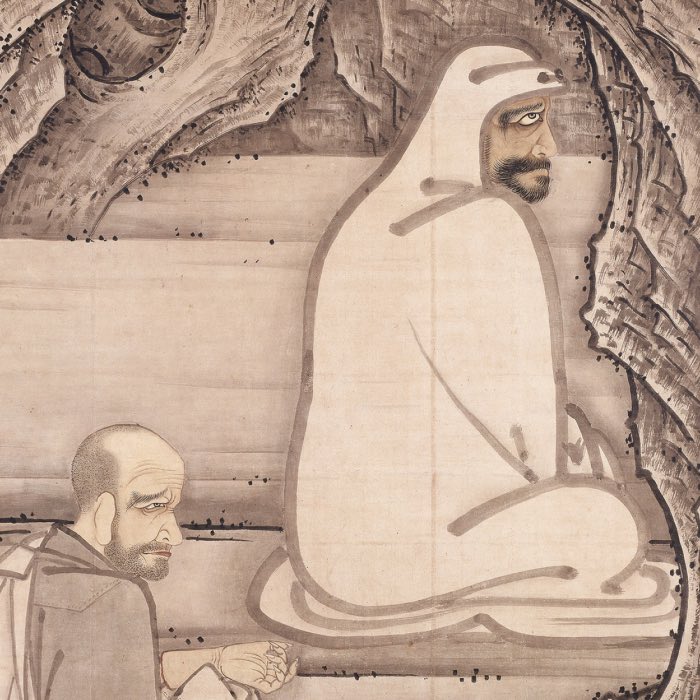
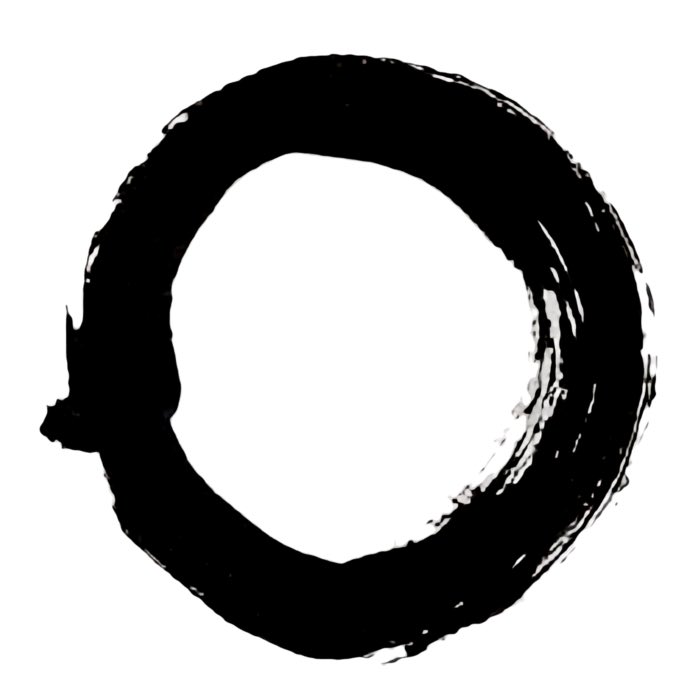
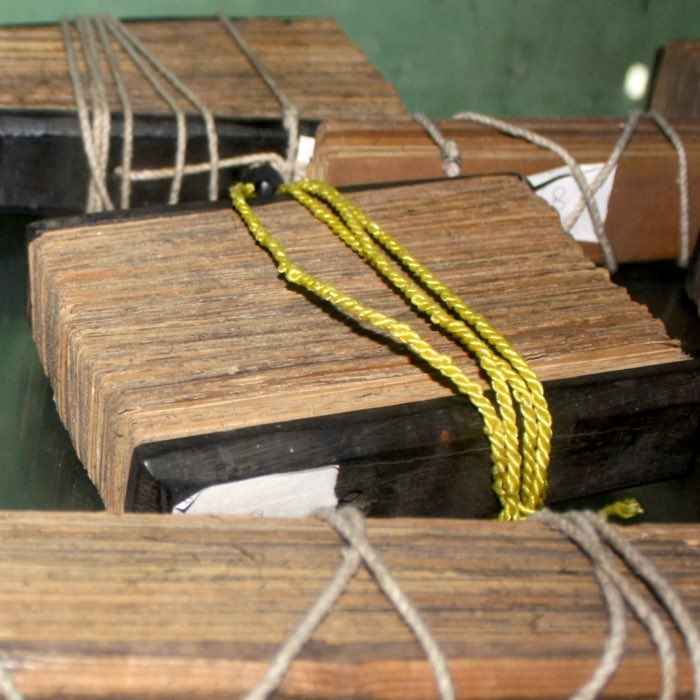
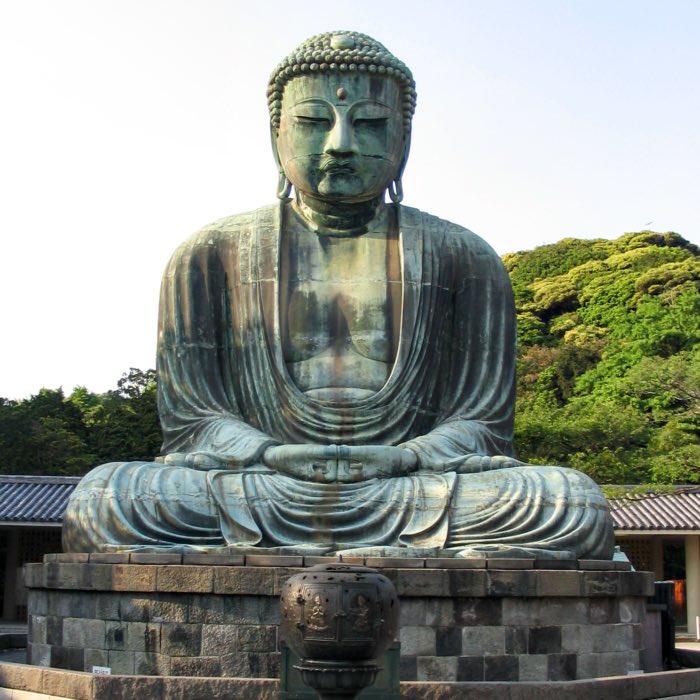
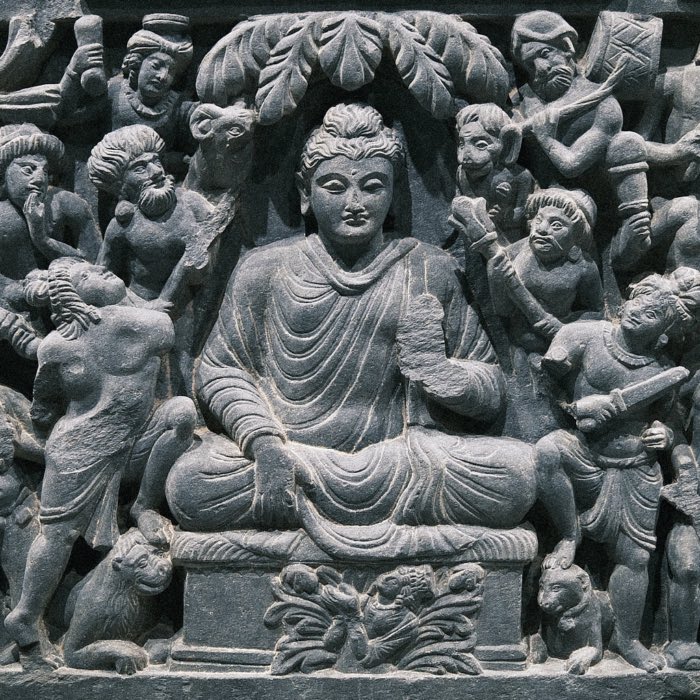
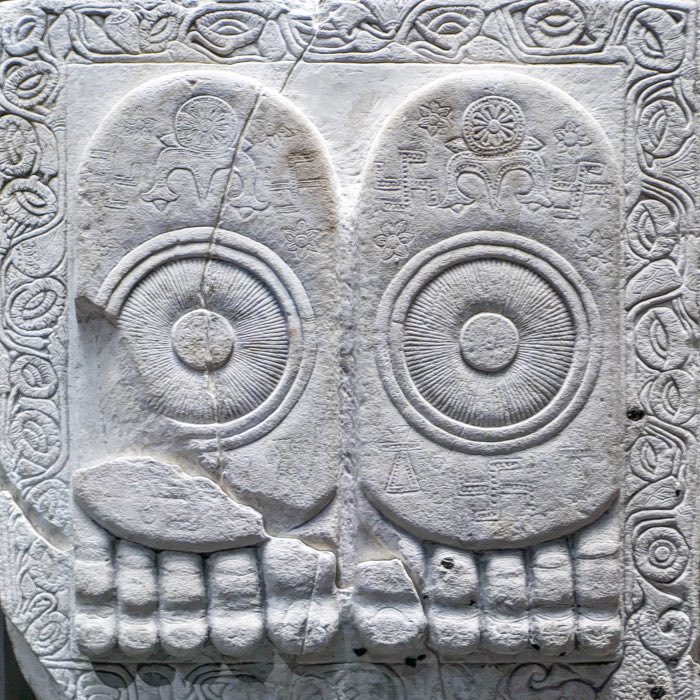
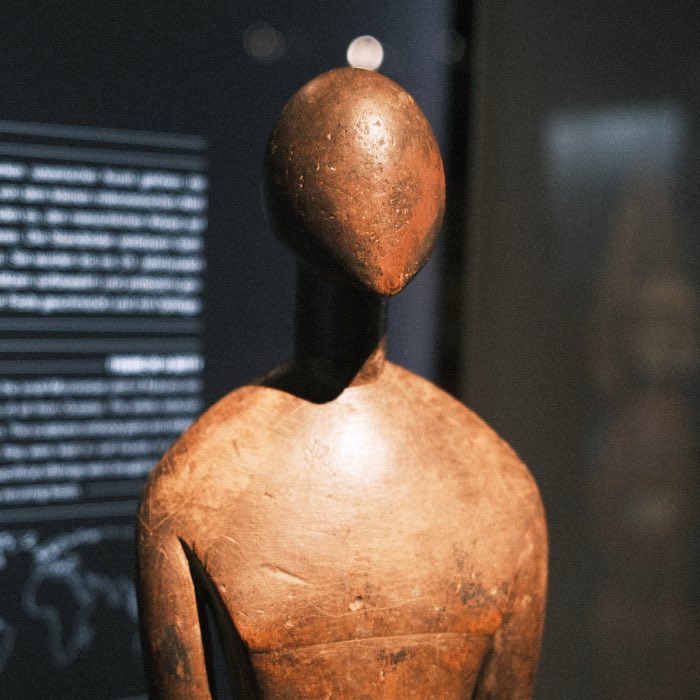
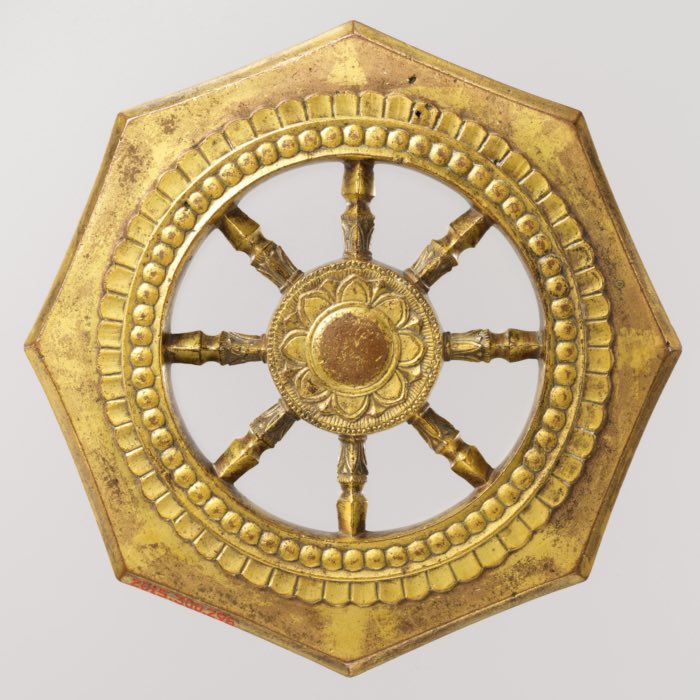

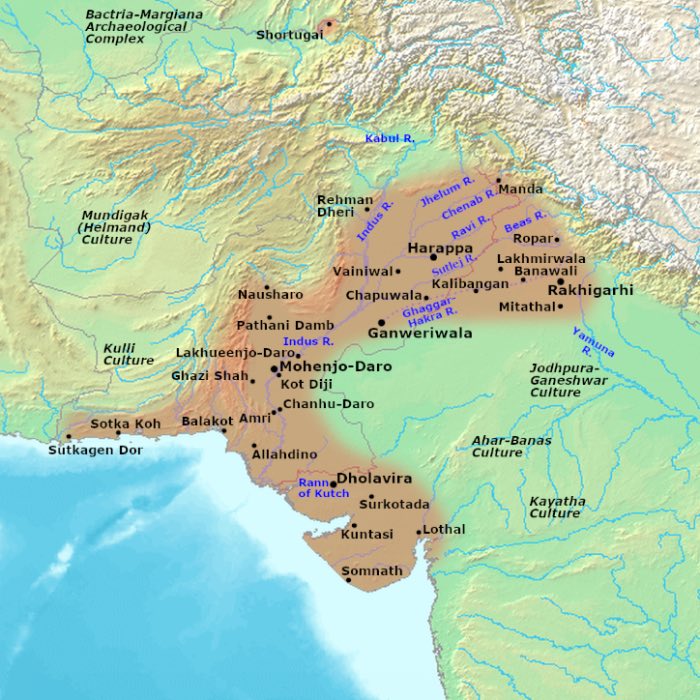
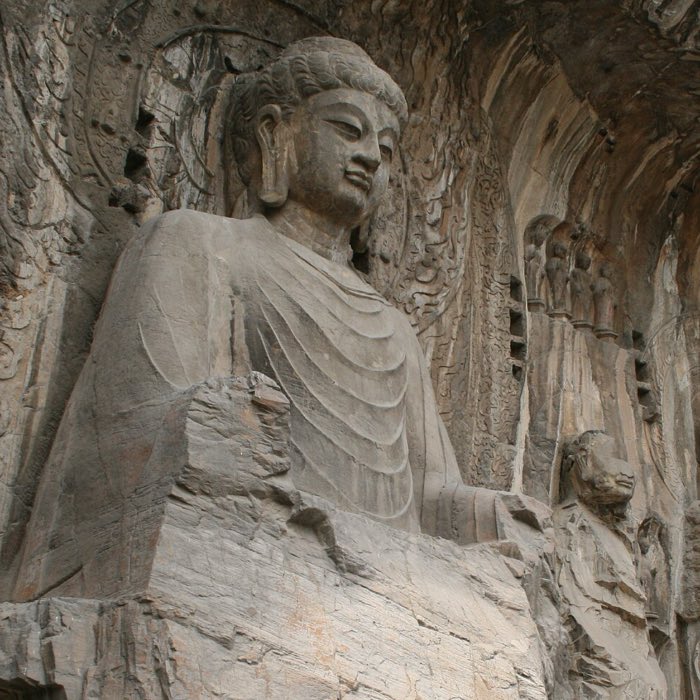
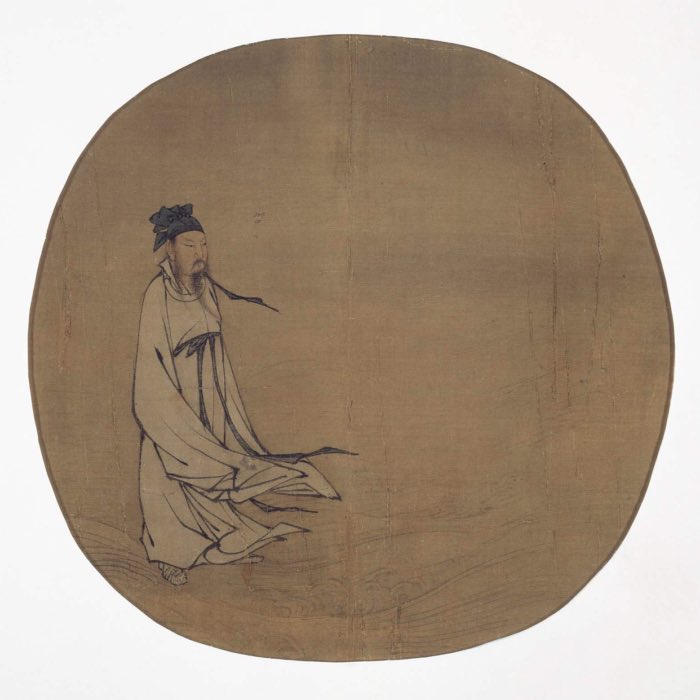
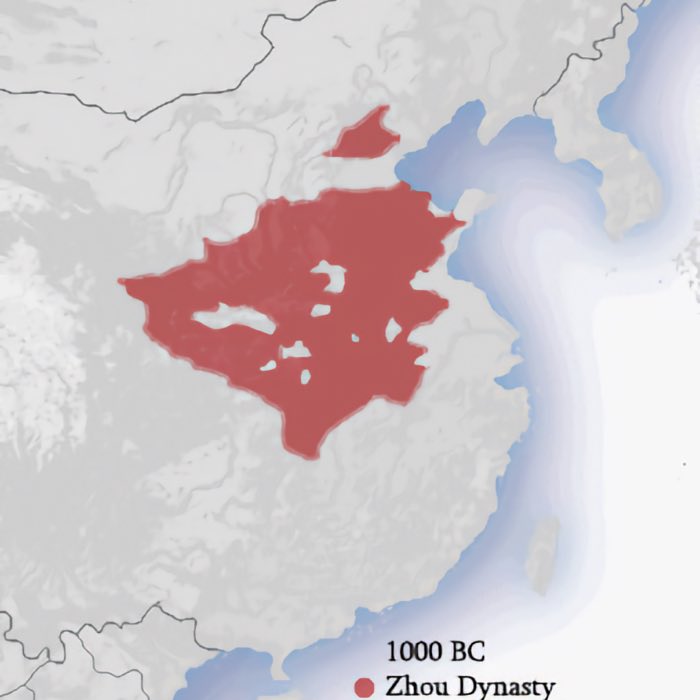
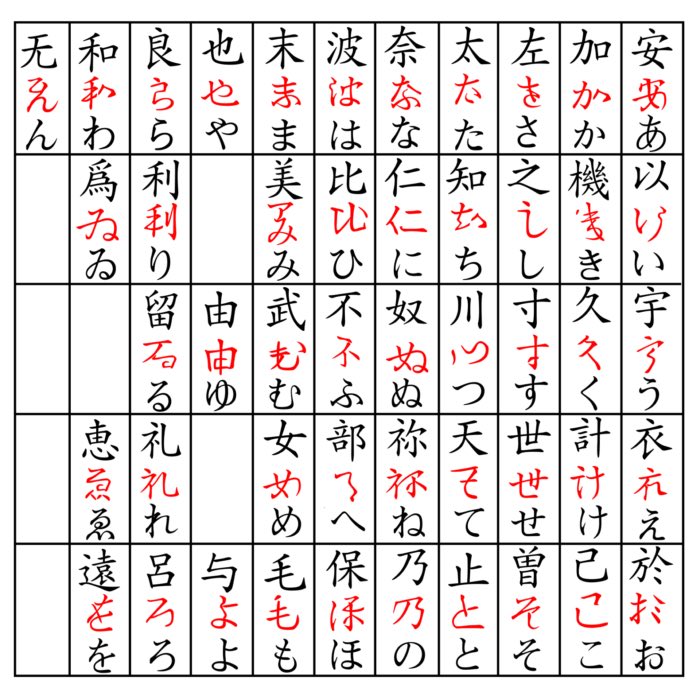
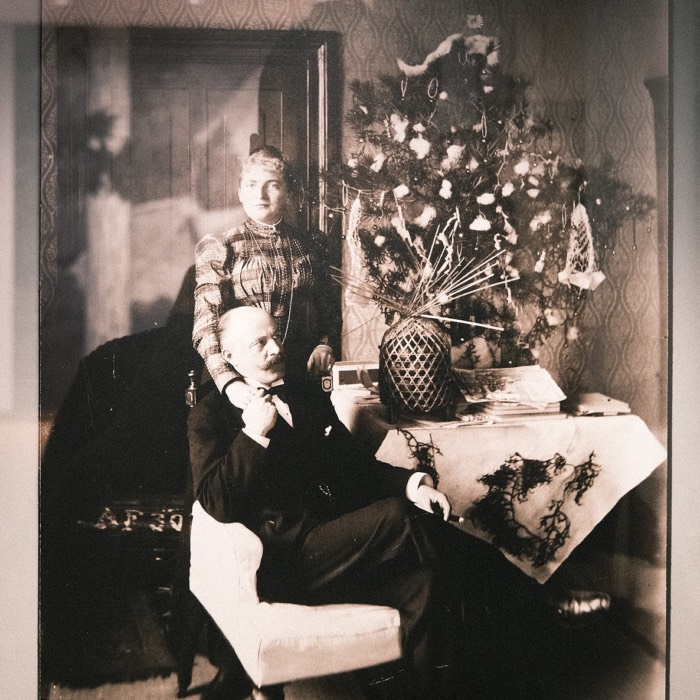
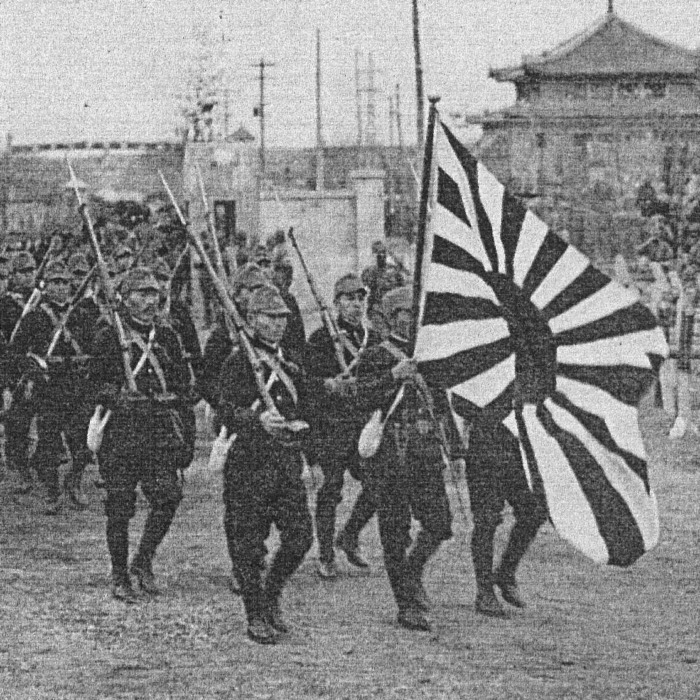
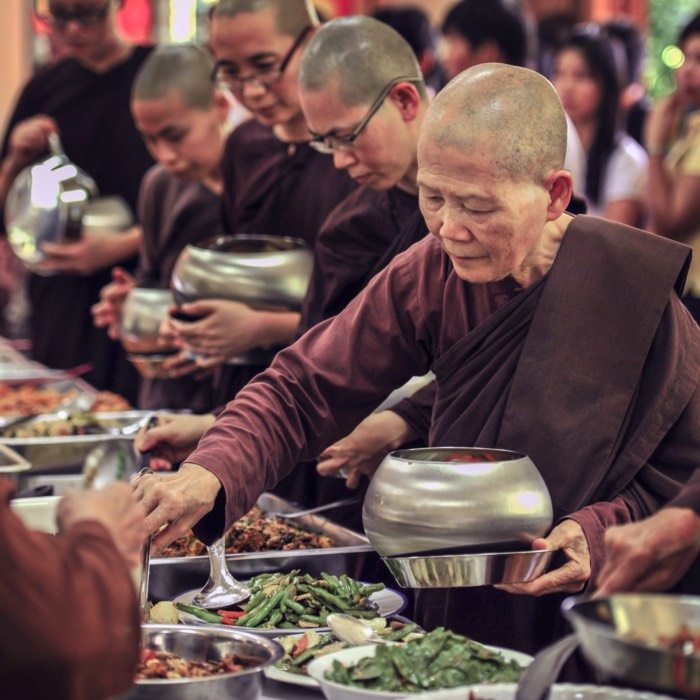
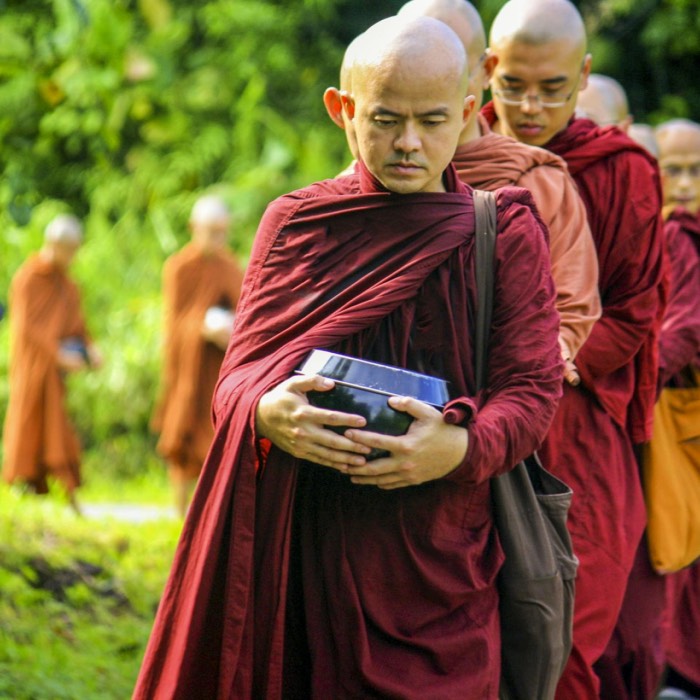



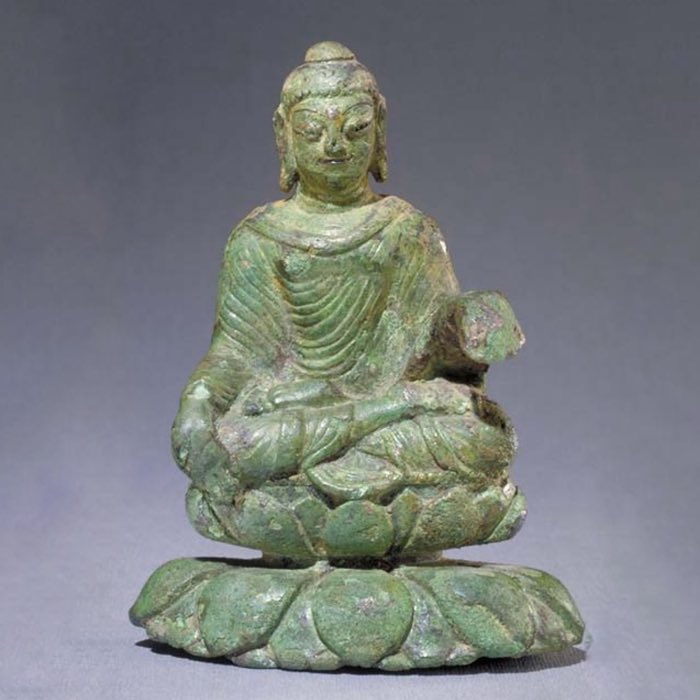
comments